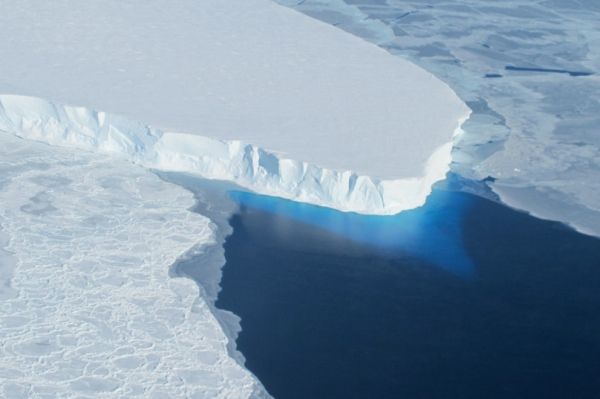“We know ice sheets are melting as global temperatures increase, but uncertainties remain about how much and how fast that will happen,” said Chris Forest, professor of climate dynamics at Penn State. “Our findings shed new light on one area of uncertainty, suggesting climate variability has a significant impact on melting ice sheets and sea level rise.”
While it is understood that continued warming may cause rapid ice loss, models that predict how Antarctica will respond to climate change have not included the potential impacts of internal climate variability, like yearly and decadal fluctuations in the climate, the team of scientists said.
Accounting for climate variability caused models to predict an additional 2.7 to 4.3 inches — 7 to 11 centimeters — of sea level rise by 2100, the scientists recently reported in the journal Climate Dynamics. The models projected roughly 10.6 to 14.9 inches — 27 to 38 centimeters — of sea level rise during that same period without climate variability.
Continue reading at Pennsylvania State University
Image via Pennsylvania State University


